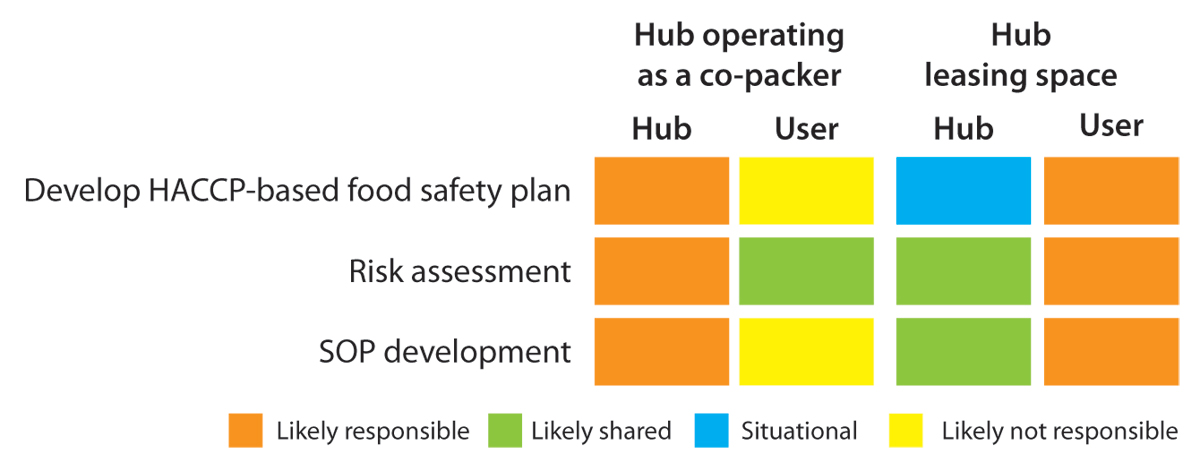Hazard Analysis Critical Control Points (HACCP)
Hazard Analysis Critical Control Points (HACCP)
What is HACCP? This acronym has numerous meanings and degrees of use within the food industry all, though relate to the continued assurance of food safety from the concept to the consumption.
Process Stages include:

Process Stages include:
Product/Recipe Development
Packaging – the package is the final barrier for the product against the environment, including distribution, unintended abuse by the consumer, and prolonging the shelf life.
Purchasing – where are they purchased – reliability and security of supply and the individual product packs; who is the supplier – do they help mitigate any risks? Is the ingredient or packaging a critical component to provide safety to the product?
Operations – where is the product being produced? Is the facility increasing or decreasing risks? Are there additional hazards associated with the facility? If contracting the production to another company or person, are the instructions to produce the product include clarity of the steps and specifications of the final product and even some in-process steps? Have you established a Confidentiality Agreement and/or Non-Disclosure Agreement (NDA)? Is there a HACCP program or Food Safety Plan in place? Who is responsible for ensuring the product will be produced correctly and safely. Are they purchasing the ingredients? Do they have the specifications for the purchasing and/or the individual ingredients?
Distribution – are there temperature and/or humidity controls required through the distribution? Ensure this control is relevant for all temperature zones through the distribution. This also includes seasonal variances through the distribution zones. Are there risks or controls to ensure the product is not subject to possible contamination, either directly or indirectly, with other materials shipped in the same vehicle?
Sales – what method of sale is required for the product prior to the purchase? Does it require temperature controls? Is it subject to light or heat damage if displayed near a window during the summer?
All of the sections within the OPERATIONS section of this website relate to identifying, evaluating, monitoring, mitigating, correcting, the risks in the various operations to product wholesome, safe and quality (reproducible) food products for the consumer.
Want to go to the document list? Click on a link below to go directly to that section.
> Policy
> Standard Operating Procedures
> Records
> Work Instruction
> Reference
Challenges and Responsibilities
Challenges and Responsibilities

As with all sections of this program to ensure every product’s Food safety, it is imperative that the Hub Management and the Hub Users understand their roles and responsibilities as well as the challenges of operating in a shared facility. Many instances the responsibilities look very similar, but the challenges arise when clear understanding is not present. The primary responsibility by all to understanding is clear communication without prejudice.
Hub User and HUB Management Responsibilities
Hub User and HUB Management Responsibilities
Interaction and Value
Interaction and Value
Document List
Document List
The documents below are for your HUB use. You may use them as complete (pdf) or modify them to suit your needs as required (Word).


